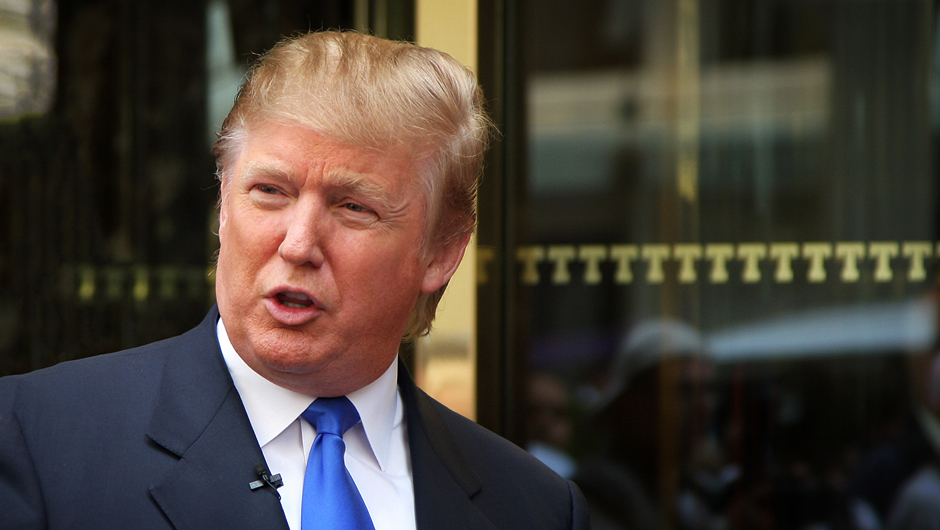A treasury take on Trump’s tax plans

“We want to move as fast as we can” Treasury Secretary Steven Mnuchin says of the just-released Trump tax plan, calling it, “the biggest individual and business tax cut in American history”.
President Trump has telegraphed his tax plans in multiple speeches since the middle of last year, and, leaving aside the changes to personal taxation, has promised business:
- A reduction in the corporate income tax rate possibly to 15 percent from 35 percent
- A tax cut on the repatriation of overseas profits from 35 percent to 10 percent
- A sharp cut in the top rate on pass-through businesses, including many small business partnerships and sole proprietorships, to 15 percent from 39.6 percent
- No “border-adjustment” tax on imports that featured in earlier proposals
- A change to allow both corporations and pass-through businesses to expense investment in equipment, structures, and inventories, rather than depreciating these purchases over time. Businesses which elect expensing would not then be allowed to deduct interest expenses
- Repeal of the corporate alternative minimum tax
Today’s announcement is something of a disappointment for those who wanted a detailed confirmation of these goals. The statement confirms some of the goals, but not all, without giving much in the way of additional detail. For corporates the key takeaways are:
- Lower the business tax rate from one of the highest in the world to one of the lowest at 15%
- Territorial tax system to level the playing field for American companies – no details
- One-time tax on trillions of dollars held overseas
- A cut in the top rate on pass-through businesses to 15 percent from 39.6 percent
Eliminate tax breaks for special interests - No border tax
- Repeal the alternative minimum tax and 3.8 percent Obamacare taxes.
Of most immediate significance for treasury is the change to the repatriation of earnings from foreign subsidiaries. But here the announcement contained its biggest hole. The plan would impose a “one-time” tax on the existing unrepatriated earnings of US firms’ foreign subsidiaries. However, Mnuchin said the rate for that tax has yet to be determined. Mnuchin said the White House is “working with the House and Senate” on a repatriation rate, saying it would be “very competitive.”
This seems to rule out different rates for different types of cash holdings, which had previously been suggested at 10% on cash and 4% on other types of earnings.
However the mention of a “territorial tax system”, implying that US firms, like those from most companies, would not be taxed on their non-US earnings has significant implications for treasury beyond the purely financial. It may well:
Render significant parts of US MNCs’ overseas treasury operations redundant
Allow far greater centralisation of operations, including, potentially, moving functions back to HQ
Repatriation may be the treasury headline, however, the large reduction in the headline corporate tax rate would also have significant treasury and structural impact. It would:
Reduce the incentive for firms to recharacterize their domestic income as foreign-source to avoid US tax
Reduce the incentive for a US corporation to move its tax residence overseas, ending the trend for tax-driven corporate inversions.
In addition, but taken together, the proposals also significantly alter key business investment decisions, with consequent effects on optimal balance sheet structures and cash and liquidity management and decisions.
Until more detail is forthcoming, the longer term effects on treasury structures and marginal effective tax rates on new investments are unknown. Those details will emerge throughout the month of May, as the Trump administration holds “listening sessions” with stakeholders to receive their input and “will continue working with the House and Senate to develop the details of a plan that provides massive tax relief, creates jobs, and makes America more competitive — and can pass both chambers.”
Trump and the Republicans need a headline victory that reflects their campaign promises. After failing on Obamacare, expect some version of this plan to become law.